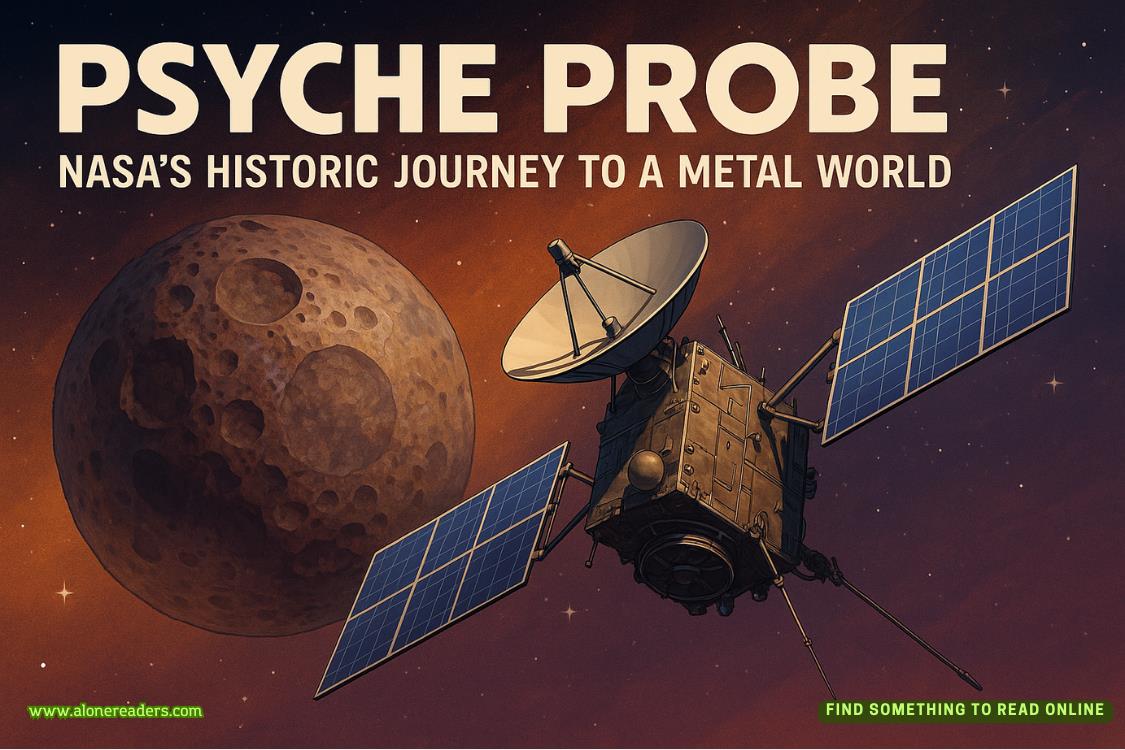Page 18 of Spring Break with a Bodyguard
She looks at me with something like wonder. “Is there anything you can’t do, Javi?”
I feel a smile tugging at my lips. “I’m a terrible cook. Just ask my abuela.”
That earns me a genuine laugh—a warm, throaty sound I’ve never heard from her before. It changes her entire face, softening the elegant features into something more approachable, more real.
“The couch would probably be best,” she says, leading me to the living area where a large sectional faces the spectacular view.
I wait as she arranges herself on the couch, sitting sideways with her back to me, her long hair pulled over one shoulder. Taking a deep breath, I sit behind her, trying to maintain a professional distance despite the intimate nature of what I’m about to do.
“Tell me if anything hurts or if you want me to stop,” I say, my voice coming out lower than intended.
She nods, and I hesitate before reaching out. This crosses a line I’ve established with every client I’ve ever protected. In eight years with the Navy and months of executive protection, I’ve never allowed myself this kind of personal contact. Touch creates connection. Connection creates vulnerability. Vulnerability creates risk.
Yet here I am, about to put my hands on Teddy Hollister’s bare skin.
I exhale slowly and place my palms gently on her shoulders. The contact sends a jolt through me that I wasn’t prepared for—a current of awareness that travels straight from my fingertips to my core. Her skin is warm and soft beneath my hands, a stark contrast to the utilitarian work I’ve spent most of my adult life performing. When was the last time I touched someone this way, with care rather than purpose?
I feel Teddy tense at the initial contact, then gradually relax as I begin working on the tight muscles in her upper back. The knots I find tell the story of her last five days—the repetitive movements, the heavy lifting, the physical toll of work her body wasn’t conditioned for.
As I apply more pressure to a particularly tight spot between her shoulder blades, she lets out a small groan of relief that resonates somewhere deep in my chest. The sound is unintentionally intimate, and I find myself momentarily frozen, hyperaware of our proximity, of the trust implicit in this moment.
“That feels amazing,” she murmurs, dropping her head forward to give me better access.
The movement exposes the delicate nape of her neck, a vulnerability that strikes me as intimate. The fine hairs there catch the fading sunlight from the window, creating a golden halo effect that draws my gaze. I’ve spent days watching her from a professional distance, but this close, I notice details I’d missed before—a small freckle at the base of her neck, the exact point where blond hair becomes skin, the gentle curve where shoulder meets spine.
I realize I’ve paused too long when she glances back at me questioningly.
“Sorry,” I manage, resuming my movements with what I hope passes for professional focus. “Just assessing where to focus next.”
But the truth is more complicated. I’m fighting a battle between professional restraint and the unexpected desire to trace the elegant line of her spine with my fingertips, to explore her skin beyond the boundaries of medical necessity.
As I work my way down to her mid-back, I can feel her heartbeat through my palms—or maybe it’s my own pulse, hammering harder than it has any right to during what should be a straightforward therapeutic procedure. The rhythm seems to synchronize between us, creating a silent communication more intimate than words.
When my thumbs press into a tight knot at the base of her spine, Teddy arches, her body instinctively moving into my touch. The unconscious trust in the gesture affects me more than it should. My hands, which have disarmed bombs and neutralized threats, now seem clumsy and too large against her frame.
“Is this okay?” I ask, my voice rougher than intended.
“More than okay,” she answers, and I catch the slight breathlessness in her tone.
I tell myself it’s just the relief of pain subsiding, but a part of me—a dangerous, unprofessional part—hopes it’s something more. The realization should alarm me, but instead, it only deepens the sense of connection forming between us.
As I move to her lower back, where she indicated the worst pain was located, my hands span almost her entire width. The contrast of my sun-darkened skin against her paler tone is visually striking—a physical manifestation of our different worlds colliding. Her muscles quiver beneath my touch, a vulnerability that awakens something protective in me.
“You’re carrying a lot of tension here,” I murmur, working my thumbs in small circles on either side of her spine.
“Mmm,” is all she manages in response, her head now dropped forward in complete surrender to the massage.
The trust implied in her posture—Teddy Hollister, willingly making herself vulnerable to me—creates a tightness in my chest that has nothing to do with exertion. This is a side of her I never expected to see, one that contradicts every assumption I’d made about the spoiled socialite I thought I knew.
As I continue working through the knots in her muscles, I become increasingly aware of my own physical response—the heat building in my core, the heightened sensitivity of my fingertips, the way my breathing has deepened to match hers. There’s an intimacy to this that transcends the physical act itself, a connection forming that I’ve studiously avoided in every other professional relationship.
When I finally reach for the muscle relief patch, my fingers brush the smooth skin at the small of her back, and I feel goosebumps rise beneath my touch. Her sharp intake of breath mirrors my own reaction—a mutual acknowledgment of whatever is building between us.
I clear my throat. “I think you’re ready for the patch now.”
“Already?” The disappointment in her voice is unmistakable as I gently apply the patch to her lower back.
My fingertips linger as I smooth down the edges, as if committing to memory the curve of her spine, the warmth of her skin, the trust implied in her stillness beneath my hands.















